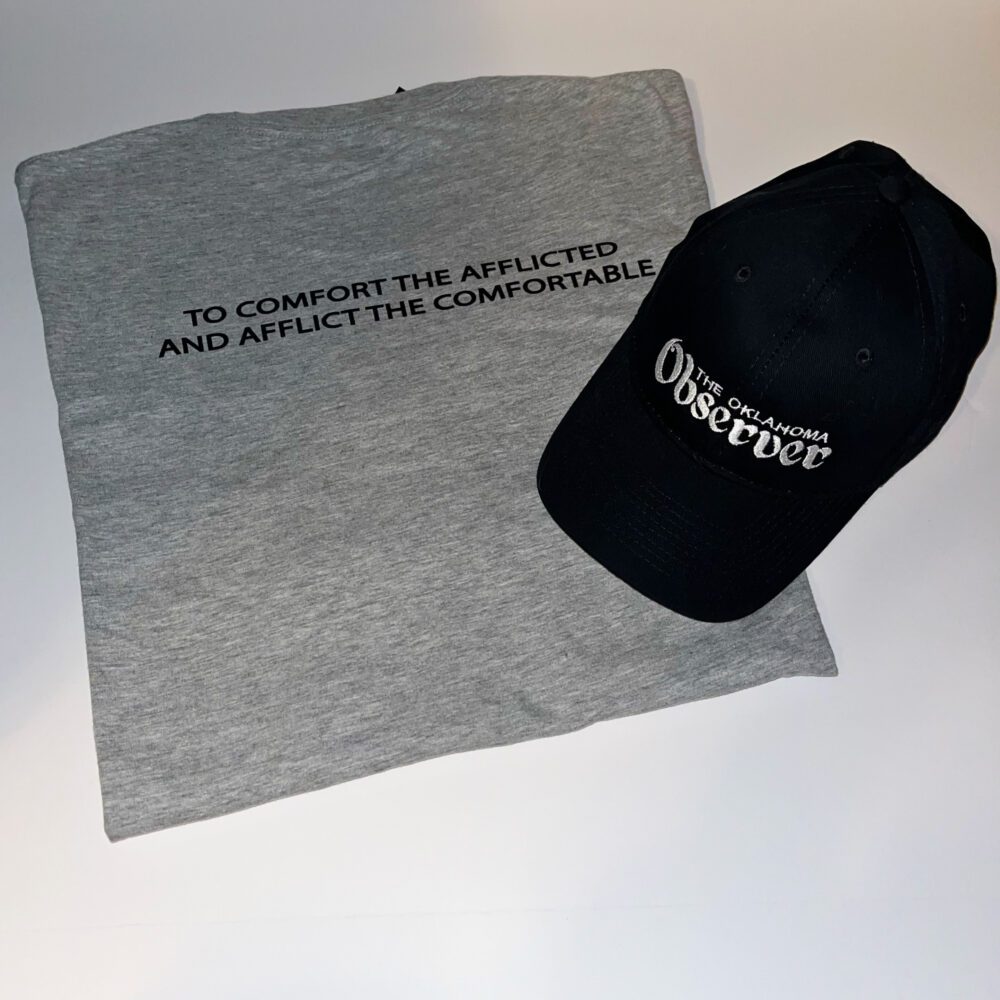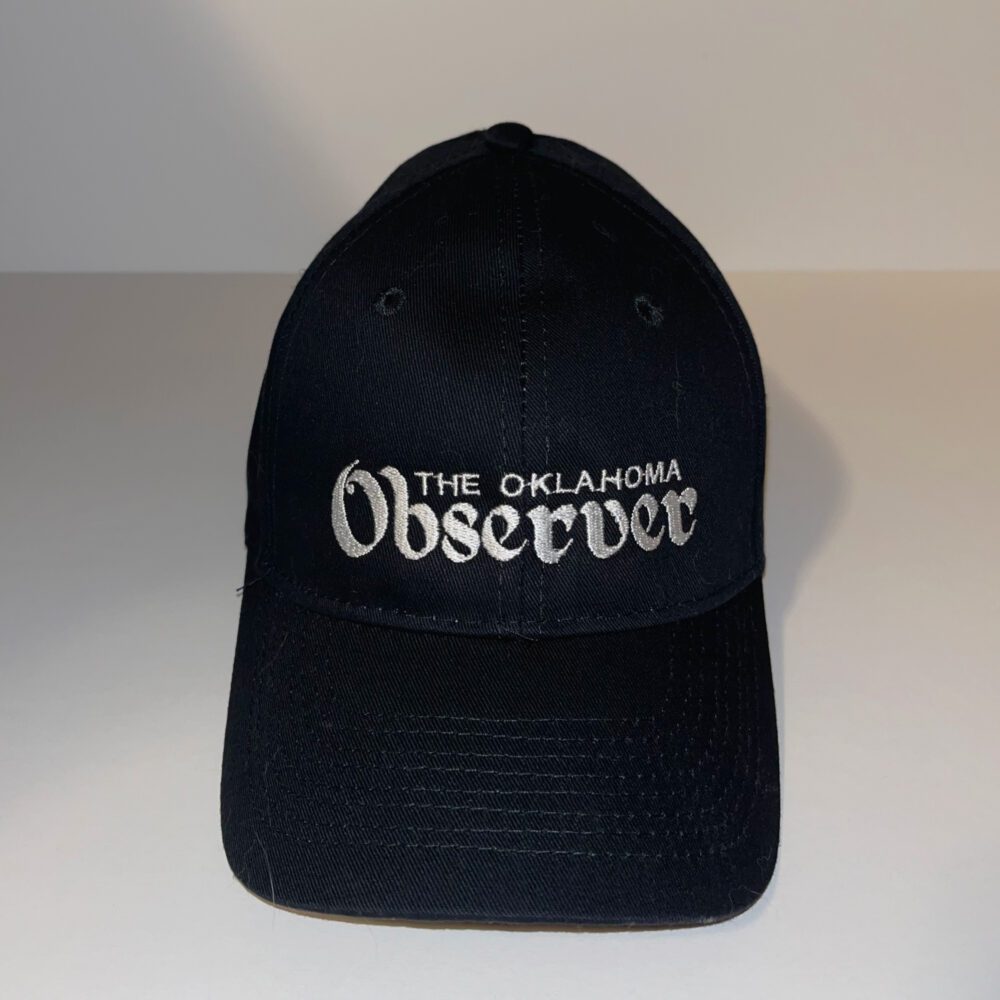This year’s World Baseball Classic actually ended earlier this spring on a classic note when Shohei Ohtani, pitching for Japan, struck out LA Angels teammate Mike Trout of team USA to end and win the series.
It’s nice that two of the game’s brightest stars got to share some time in the spotlight since their Angels continue to flounder out of contention. They both remain must-see players as the new season enters its second full week.
Ohtani, of course, also swings the bat. In seven WBC games, he hit .435, homered once, drove in eight runs and scored nine.
His status as a pitcher and hitter has fascinated fans since his arrival in 2018.
After some false starts and much anticipation, Ohtani wowed MLB in 2021 as he stayed healthy enough to prove his prowess on the mound as well as in the batter’s box as a DH.
While batting .257, he hit 46 homers, drove in 100 runs and even led the majors in triples [8]. He also posted a 9-2 record as a pitcher, with a 3.18 ERA over 23 starts. Ohtani’s efforts earned him the AL MVP.
Ohtani posted 4.1 Wins Against Replacement as a pitcher that year and 4.9 WAR as a hitter. There must have been some fractions involved since his total WAR was 9.1.
He topped that performance last year. Though his hitting “fell off” [.273/34/95] for a WAR of 3.4, his pitching performance improved. The guys with the computer programs figured that his 15-9 record, 219 strikeouts [a league-leading 11.4 per nine innings] and 2.33 ERA produced a WAR of 6.2, for a total WAR of 9.6. He finished fourth in AL Cy Young voting.
In March, Michael DeRosa at Fansided, reported on the value of Ohtani’s production:
“Spotrac first listed the contract Ohtani would likely receive if he was solely a pitcher. They predicted that we would land an eight-year, $230 million contract, which equates to $28.75 million per season. That would put him among some of the highest-paid pitchers in the league.
“Yet, as solely a hitter, Spotrac expects that Ohtani would land an even greater contract. They predicted that Ohtani’s contract as solely a hitter would be a 10-year, $333 million deal. That would pay him $33.3 million per season.”
DeRosa then asks the obvious question: “Now, when noting that Ohtani is a two-way superstar, is it fair to expect that he should make more than both of those contracts as a free agent? It wouldn’t be surprising at all if that ended up being the case, as he would give any team that signs him both an ace pitcher and an elite hitter.”
A 62 Million Dollar man?
Well, it’s all Monopoly money to me.
Ohtani’s not the first pitcher who proved he could hit or hitter who proved he could pitch. At the turn of this century, Rick Ankiel, after his pitching career imploded, compiled seven years in the majors as an outfielder. Hall of Fame pitcher Bob Lemon won 20 games seven times after beginning his career as an infielder. Stan Musial became an outfielder after hurting his pitching arm.
Of course, the most famous pitcher-turned-hitter in the history of the game was one George Herman Ruth. Babe posted two 20-win seasons, won 18 another time, set a World Series scoreless inning streak that lasted more than 40 years and finished with a lifetime record of 94-46 and a 20.4 pitching WAR.
It’s unfair to compare anybody to Babe Ruth, but Ohtani’s WAR performance in 2021 was more balanced than any of Ruth’s. While mainly pitching, Ruth’s pitching stats dominated. Once put into the lineup more often, well, he was Babe Ruth. In 1919, when the transition began, Ruth matched Ohtani’s 2021 WAR, notching 0.8 WAR as a pitcher and 8.3 as a hitter. Ohtani’s 9.6 last year tops that. The only time Babe topped Ohtani in his five relevant years was 1916, when he registered 8.6 as a pitcher and 1.6 as a hitter – a total of 10.2. Later, as a hitter, Babe topped 10 WAR a season nine more times.
Last year, Ohtani followed a career-high 8-RBI game against the hapless Royals by going to the mound the next night and striking out a career-high 13 [yes, hapless Royals]. This prompted Yahoo Sports Blogger Jack Baer to proclaim Ohtani the greatest two-way player in MLB history.
Easy now, young fella, there are other pitchers with pop in their bats who topped even the Bambino. Wes Ferrell, who won 197 games, was the best hitting pitcher of the ‘30s. In 1932, he posted a pitching WAR of 8.2 and a hitting WAR of 2.4 for a total of 10.6.
Ferrell finished his career with a hitting WAR of 11.3 without the benefit of the DH. [He did pinch hit some.] Furthermore, figuring his plate production over a 162 game schedule, produces an average batting WAR of 3.3. My own arbitrary designation for an All-Star year is 3.5. He was a pretty good hitter.
Back in olden times, 1887 St. Louis [pre-Cardinals] Browns pitcher Dave Foutz racked up a total WAR of 10.8 – 9.7 as a pitcher and 1.1 as a hitter in the American Association when that league was a major league. That year he won 41 games and hit .280 over 102 games. The next year he went 25-12, but is only credited with 1.8 pitching WAR. And his .357 batting average and 108 RBIs have been deemed worth but 2.8 WAR. His career hitting WAR was 11.3.
The Browns [though they were already wearing cardinal red colors] were the top AA team of that era. Foutz shared pitching and hitting duties with Bob Caruthers, who matched Foutz’s 1887 batting average of.357 [over 98 games] while scoring 102 runs, driving in 73 and stealing 49 bases. His 29-9 pitching record that year has been rated 6.8 WAR. His offensive contribution noted at 3.9, for a total WAR of 10.7.
But that was a down year compared to 1886. His pitching record of 30-14 produced a WAR of 7.6. In 87 games, he hit .334, led the league in on-base and on-base/slugging percentages, scored 91 runs and knocked in 61. His batting WAR of 3.9 produces at total WAR of 11.5, not bad for a 22-year-old guy standing 5-foot-7 and weighing about 140 pounds.
I keep a flame lit for Parisian Bob Caruthers, the best player in the history of the American Association. In his sore-arm shortened career, he twice won 29 games, won 30 once and twice won 40 games while leading first the Browns and then the Brooklyn [pre-Dodgers] Bridegrooms to four pennants over five years, the last after Brooklyn had joined the National League.
Caruthers’ lifetime record of 218-99 puts him behind only Al Spalding [of National Association and sporting goods glory] and Whitey Ford on the list of highest winning percentage among pitchers with more than 200 wins. [Clayton Kershaw, starting this season with 197 wins has a winning percentage advantage of .6937 to .6877 over Caruthers.]
Most fans know the two great shooting stars of pitching. Both Dizzy Dean [150-83] and Sandy Koufax [165-87] lit up the baseball world before arm troubles curtailed their careers. Caruthers fits right in with them. He blew out his arm at age 28.
Ol’ Diz and Sandy had six super seasons. Caruthers had five. I will add his sixth best season for comparison’s sake.
Koufax’s top six seasonal pitching WARs were 10.7, 10.3, 8.1, 7.3, 5.7 and 4.4. His hitting stats would lower these totals, but I will ignore that.
Dean could hit a little, maybe not as well as he talked it on his broadcasts, but still in a positive manner. So, I’ll include his total WAR package to show his best years as 9.5, 7.6, 7.5, 6.5, 5.7 and 4.8.
Caruthers, pitching or playing the outfield, posts WARs of 11.6, 10.7, 10.0, 8.5, 6.6 and 4.3. He’s keeping pretty good company.
Caruthers’ 44.8 pitching WAR actually tops Dean’s 43.9. Koufax’s pitching WAR is 53.1, but he loses 4.3 for his batting. Still, most people would take his 53.1 straight up. Fine, but Caruthers total WAR of 59.6 is higher.
The fact that a player such as Caruthers has been dead for more than 100 years is a lame excuse often advanced to keep worthy players out of the Hall.
His sale from St. Louis to Brooklyn was either the top or second highest-priced transaction of the 19th century [depending on how it is figured] – an acknowledgement of his star status. His might be the worst omission from the Hall of Fame for 19th century ballplayers. Pebbly Jack Glasscock is his only challenger. [Lou Whitaker remains the most egregious recent omission.]
And, in case you wonder, Wes Ferrell finished with a pitching WAR of 48.4, with six 20-win seasons. Adding his batting prowess gives him a total WAR of 60.1. He is not in the Hall of Fame, but his catching brother, Rick, with a total WAR of 30.8 is.







